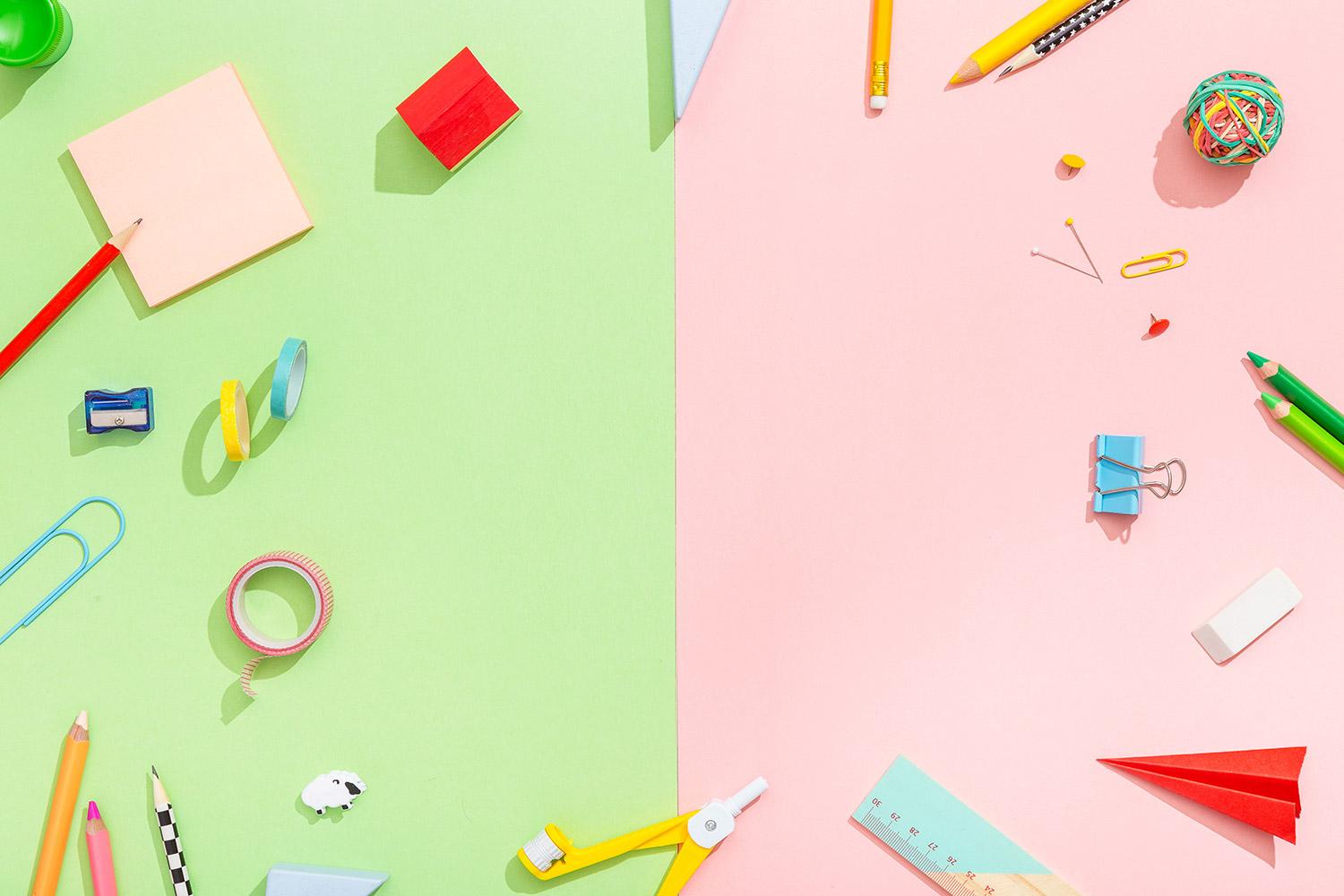
Kindergarten Science
Unit 1: Exploring Properties of Objects
Teacher Note:
Streamlining Note:
Teacher Notes: Physical Properties of Matter
- Although students can use all their senses to describe objects, kindergarten students focuses primarily on the senses of sight and touch.
- Kindergarten students begin describing properties with simple comparisons using their senses, such as bigger or smaller than a hand, heavier and lighter than a stapler, etc. They should be able to put three objects in order from lightest to the heaviest (or the reversal).
- After students measure and record size (bigger or smaller) by comparing an object with a classroom object, they can measure and record the actual size using nonstandard units, like colored cubes or counting objects.
- Kindergarten students will focus on changes to ice, butter, marshmallow, and crayons.
- Objects are cooled when heat is removed. Removing heat is accomplished by moving the hot or warm object to a colder location, such as a refrigerator or a cooler.
What is the difference between mass and weight?
- Weight is different from mass.
- Weight is the measure of the force of gravity on an object.
- The mass of an object will never change, but the weight of an item can change based on its location.
- For example, you may weigh 100 pounds on Earth, but in outer space you would be weightless. However, you will always have the same mass on Earth as you have in outer space.
- Kindergarten students will focus on weight. The concept of mass will be introduced in Grade 3.
Resources: Physical Properties
Create a "Feel It" Bag
Resources: Heating and Cooling Materials
Students engage in science talk, discussing the following questions:
- How can you make something warmer?
- How can you make something colder?
Record students’ answers, noting any misconceptions.
Show students a bowl of water; explain that it has been sitting out all day. Ask if they think it is warm or cold. Allow students to test with finger. Record picture and short description of water temperature on chart paper while students record in science journal.
Add ice to the water and allow students to predict if it will be cold, warm or the same. Allow them to test water with finger to determine temperature. Record picture and short description of water temperature on chart paper while students record in science journal.
If weather allows, put bowl of water outside to be warmed by sun. Students predict if the water will be warmer or cooler than the water with the ice cubes. Students test water. Record picture and short description of water temperature on chart paper while students record in science journal. Discuss and compare all pictures.
Work Out PA#1
- group of large and small objects.
- group of objects with different shapes, colors, textures, and weight.
- PA template for students - google document
Scaffolding
- What is the key vocabulary for this unit?
- What are the misconceptions?
- How can I pre-assess the students' prior knowledge?
Notes & Resources
- Do I have all the materials that are needed and are they ready to use?
- What instructional strategies would work well with this unit vocabulary?
Work Out PA#2
- how materials change by heating or cooling.
- an example of one material that has been changed by heating or cooling.
- PA template for students - google document
Scaffolding
- What is the key vocabulary for this unit?
- What are the misconceptions?
- How can I pre-assess the students' prior knowledge?
Notes & Resources
- Do I have all the materials that are needed and are they ready to use?
- What instructional strategies would work well with this unit vocabulary?
Instructional Strategy: Find Someone Who - Partner Up!
Why use Find Someone Who?
- Provides practice with new vocabulary, to activate background knowledge, or to review concepts.
- To practice asking and answering questions in an ESL setting.
- Students like the movement the strategy involves as well as the sociability of the strategy
How to use Find Someone Who?
- Create cards with information that students have to match up, for example, words and examples, such as the word "circle" and a picture of a circle.
- Announce to the class they are going to do a brief interview activity in which students will ask each other questions. The goal is to ask everyone in class until students find someone who has that characteristic, or can answer the question.
- Give one card to each student and instruct them to find their partner with the matching card.
The Science Team
Lisa Soll
Allen Wilson
Website: https://www.esc20.net/apps/pages/tcmpc-teks-resource-system-support
Location: Education Service Center, Region 20, 1314 Hines, San Antonio, TX, USA
Phone: 210-370-5200







